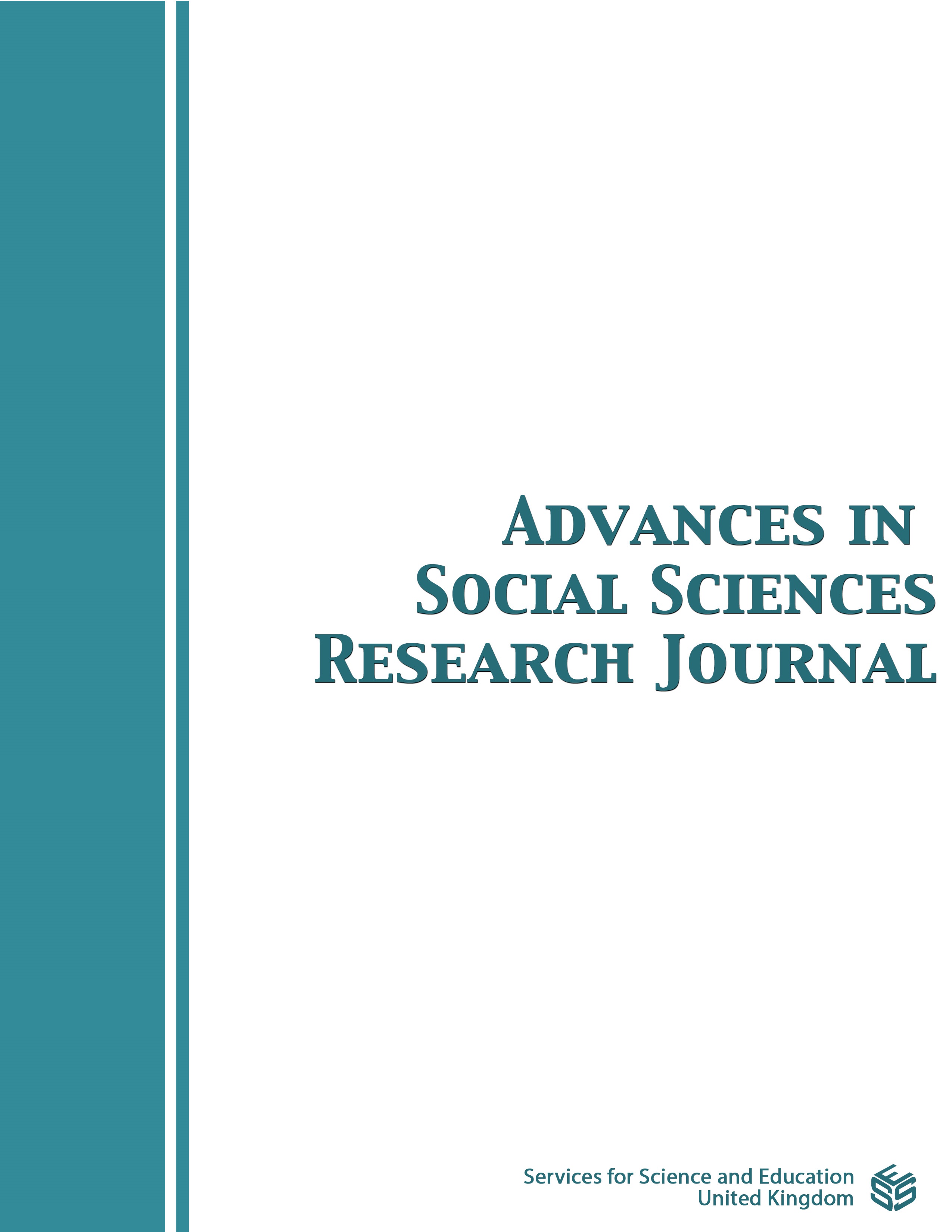Research on the Application of Desktop Virtual Reality in Middle School Physics Experiment Teaching under the Cooperative Enquiry Mode
DOI:
https://doi.org/10.14738/assrj.1111.17891Keywords:
Middle school physics experiment, Desktop virtual reality, Assisted teaching, Collaborative inquiry teachingAbstract
As one of the important means of assisting experimental teaching, immersive virtual reality is limited by wearable devices in actual teaching environments, making it difficult to achieve large-scale application. In contrast, desktop virtual reality provides a feasible way to solve this problem with its low cost and convenience. However, there is currently a lack of in-depth research on how to effectively use desktop virtual reality to organize teaching activities. In view of this, this study carried out collaborative inquiry-based physics experimental teaching activities with the support of traditional real situations and desktop virtual reality . Through a comprehensive evaluation of the physics experimental abilities and related factors of students in the experimental group, the study found that: under the cooperative inquiry mode, physics experiment teaching organized based on desktop virtual reality technology can not only improve student performance, but also significantly alleviate some students' concerns about physics. fear of experiments, enhance their self-efficacy, and promote students' in-depth understanding of physical phenomena and laws. However, research has also found that overreliance on desktop virtual reality activities may undermine students' ability to design rigorous experiments based on real equipment.
Downloads
Published
How to Cite
Issue
Section
License
Copyright (c) 2024 Xiulin Ma, Yu Fan, Teng Wang, Jiayong Wang, Shumin Tian

This work is licensed under a Creative Commons Attribution 4.0 International License.
Authors wishing to include figures, tables, or text passages that have already been published elsewhere are required to obtain permission from the copyright owner(s) for both the print and online format and to include evidence that such permission has been granted when submitting their papers. Any material received without such evidence will be assumed to originate from the authors.






